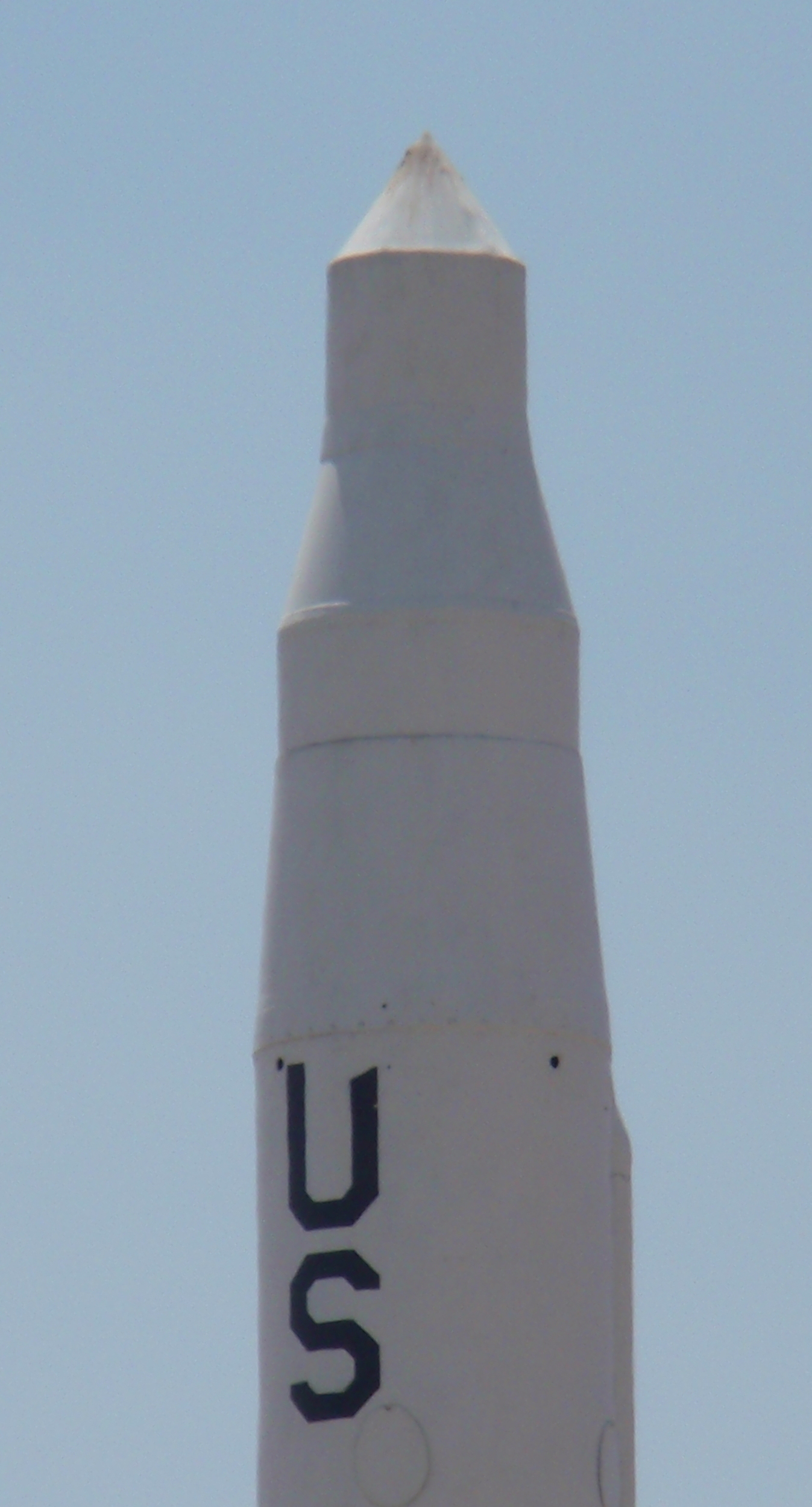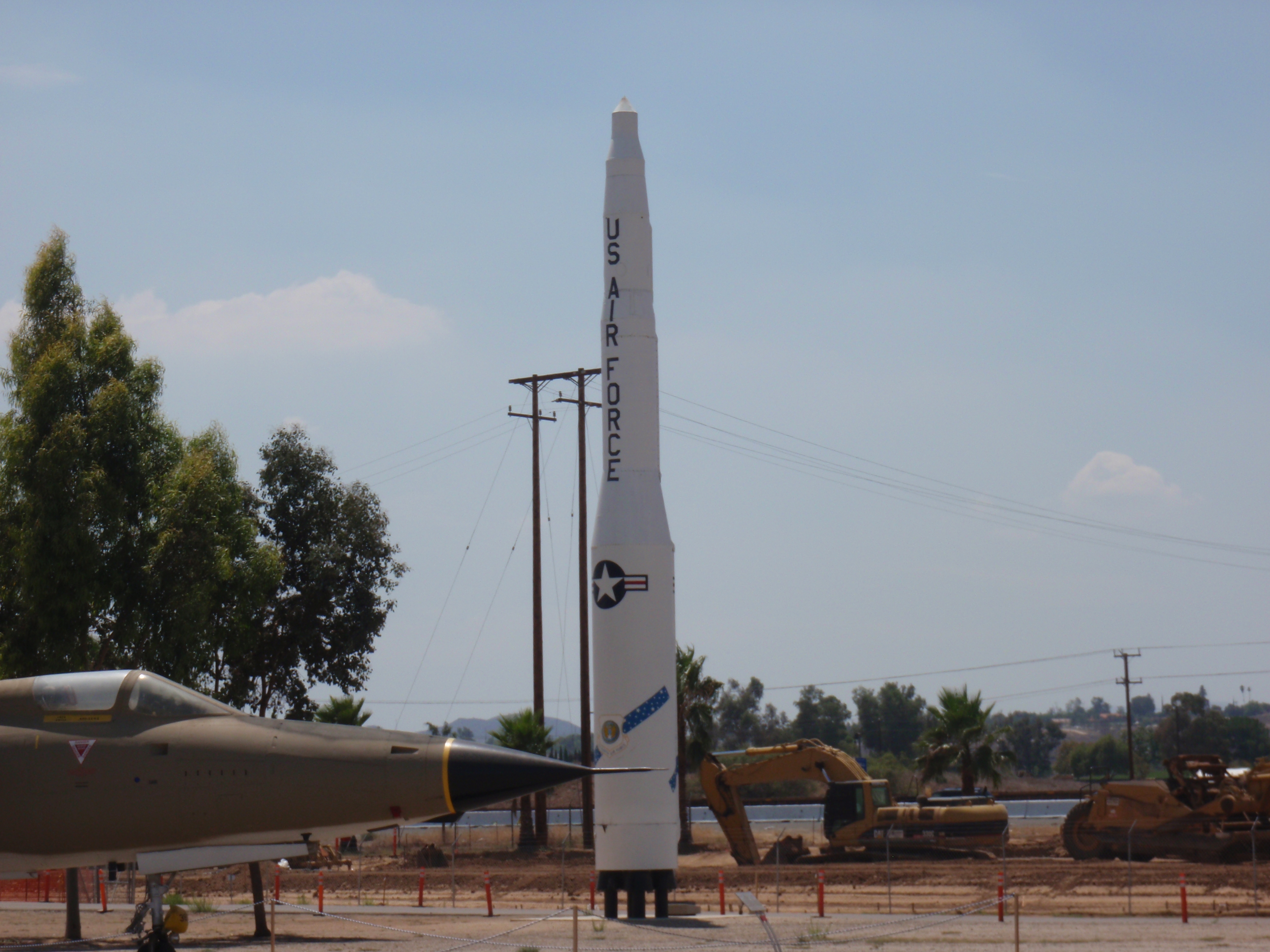
Unclassified, open public source info on nuclear weapons is of interest to me. Here are articles with interesting tidbits I’ve noticed over the last year or two.
One amusing thing I’ve noticed is a range of methods to abbreviate kiloton. I’ve seen kT and Kt, in print articles. On-line dictionary says kt. So, guess that means I can use whichever format I want, right?
Popular Mechanics – 8/10/18 – The Air Force Wants Helicopters to Help Defend Nuclear Missiles. USAF is looking for a new helicopter for use in the missile field. Currently the old UH-1N Hueys are in use. Those are the last Hueys in the Air Force inventory. Four contestants are under consideration.
Article also mentions there are 400 Minuteman IIIs deployed, spread out at Warren, Minot, and Malmstrom. Although capable of carrying three RVs, based on articles I’ve read in the past and articles below, the current configuration is one RV with 300 kt warhead, according to the article.
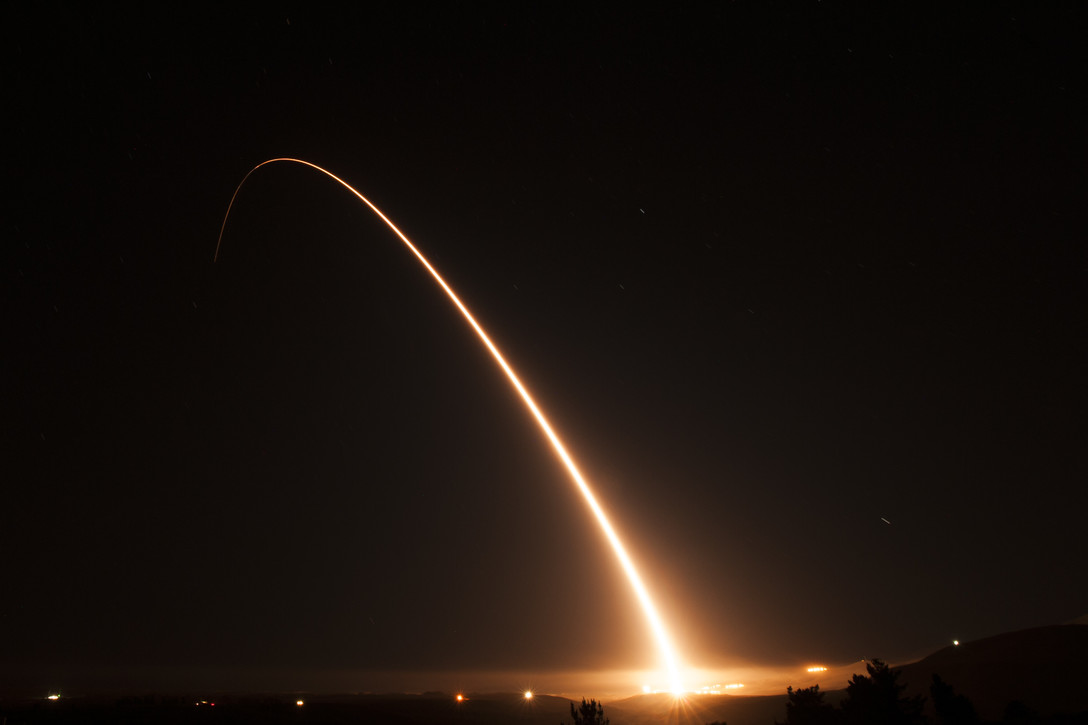
Business Insider – 9/23/18 – Here’s what it would look like if Britain launched an attack with nuclear weapons.
Article has slivers of what the British launch sequence looks like on a nuclear capable submarine.
Article says Britain has 4 Vanguard-class nuclear subs. From what I’ve read in the past, that means they most likely always have one at sea.
Instead of keys, as in the Minuteman system, their subs use a trigger on a hand-held joystick to launch.
Article says each sub can carry 16 Trident II D5 missiles. Each one can carry 12 warheads. Article does not mention yields, which led me to search and find the following article.
Military Today – undated – Trident II. Article says Trident II is capable of carrying 16 warheads but the American load is limited to 8 under the START treaty. Article says British load is 12 warheads.
The warheads are MIVR’ed capable of course, meaning Multiple Independently-targeted Re-entry Vehicle.
Article says US warheads are 475 kT yield with circular error probable, CEP, of around 90 meters. That means that 50% of the weapons will hit within 90 meters, or 295 feet.
Article says a British spokesman said or inferred that the British Tridents are carrying one RV per missile with yields in the sub-strategic range.
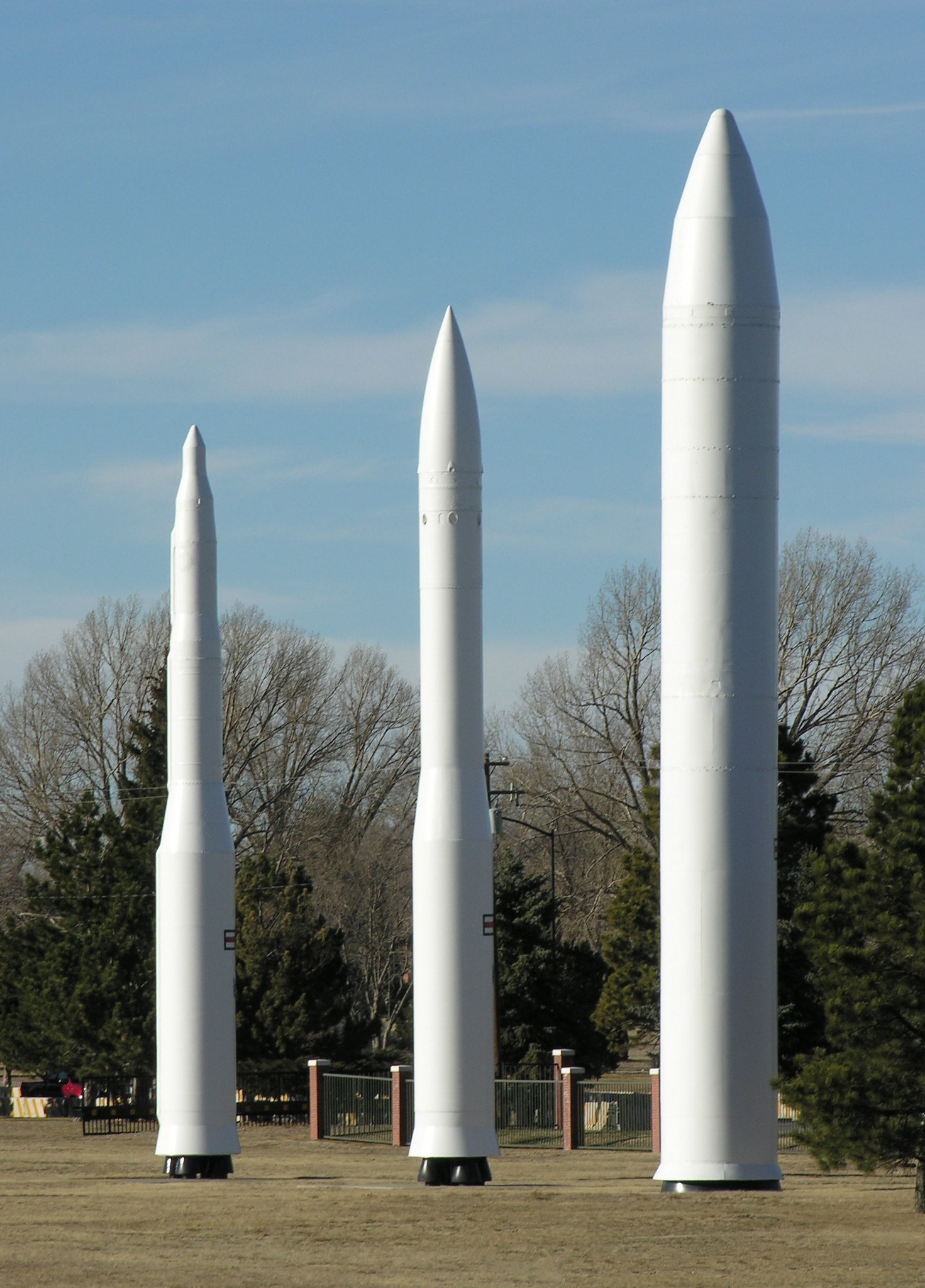
Wikipedia – LGM-30 Minuteman. Article has long discussion of the Minuteman system. Some of the tidbits mentioned:
There are currently 450 MM-III silos, but only 400 are loaded. There are 50 in “warm reserve” status, which I think means they are operational but they either don’t have a loaded missile or an RV. Under START a reserve of 100 launchers may be maintained.
Discussion of CEP in the article is mostly ancient history. Upon initial deployment, CEP was 1.1 nautical miles (1.3 miles/~6,900 feet) but was improved to 1.1nm/.69mi/3,642’) in 1965. Upon deployment, MM-II had CEP of .26nm/.30mi/1,584’.
The MM-III had CEP of 240 meters/ 800 feet according to footnoted articles published in 1996 and 2009.
MM-III carries a W62 warhead with yield of 170 kT. Previously it carried the W56 with 1.2 megaton yield.
START limits the loadout to one RV.
Again, all that data is from the Wikipedia article.
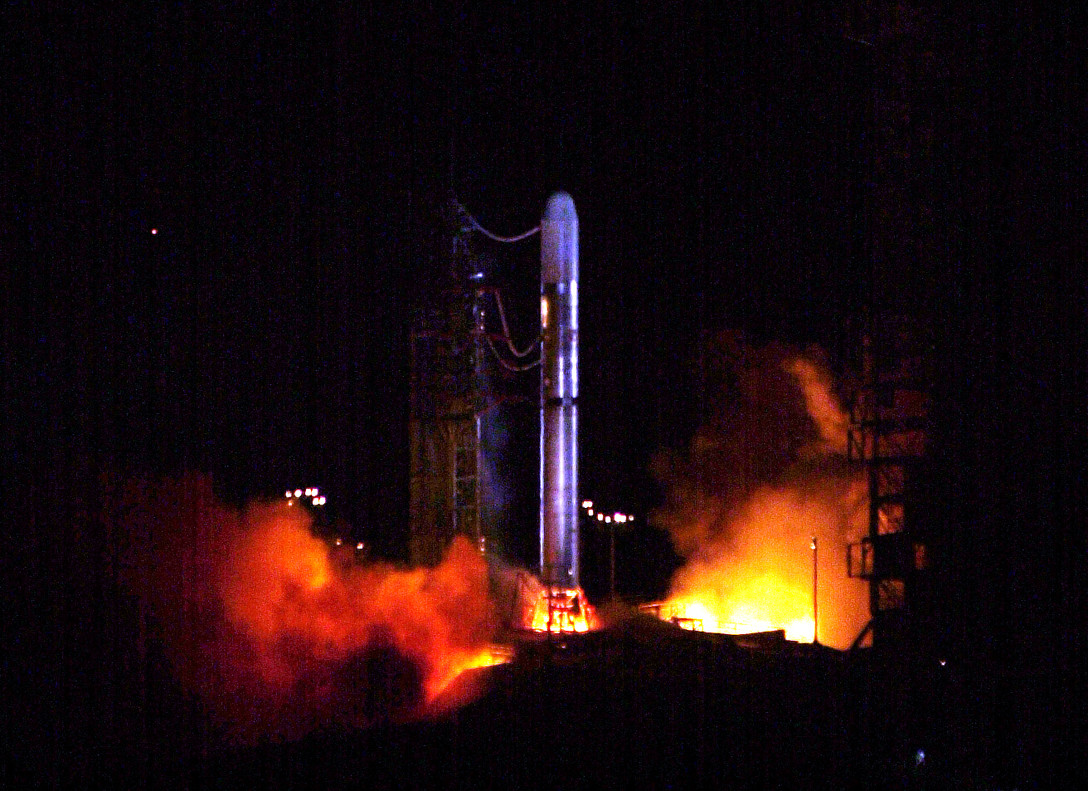
VANDENBERG AIR FORCE BASE, Calif. — A Titan II Coriolis launches from here. (U.S. Air Force photo by Daniel Saylor) Launch was January 6, 2003, lifting a Navy and Air Force satellite into orbit. The booster is a Titan II.
Nuclear Weapons Archive – updated 10/7/97 – The Minuteman III ICBM. Some older data:
Accuracy of the Mk-12 RV was 280 meters/900 ft. The Mk-12a RV was 220 m/730′ with expected upgrade to 110m/360’.
Loads in 1998 were 300 missiles carrying three W-78 on Mk-12a RV with 335 Kt yield. Another 200 missiles carrying three W-62 warheads with 170 Kt yield on Mk-12 RV.
Article says under START-II the loads would be reduced to one W-87 warhead with 300 Kt yield on the Mk-21 RV.
Number of missiles, based on other articles, was reduced from 1,000, consisting of 550 MM-II plus 450 MM-III to only 400 MM-III.
So, there are a bunch of unclassified, public source data points for loads, yields, and accuracy. I won’t bother to reconcile some apparently inconsistent info.
Take it for what it is worth.
